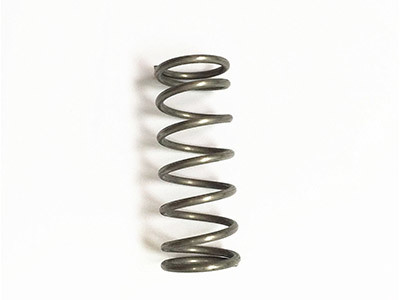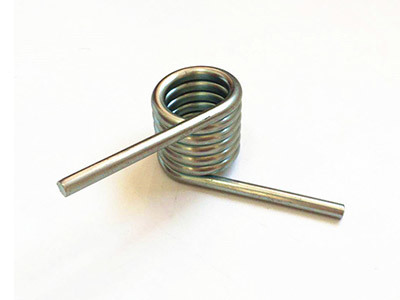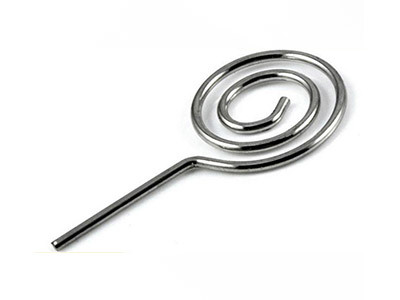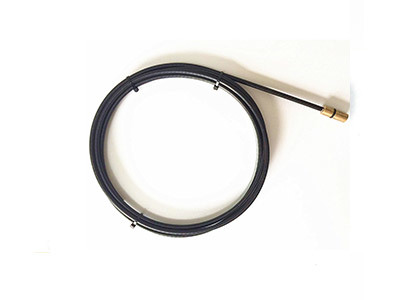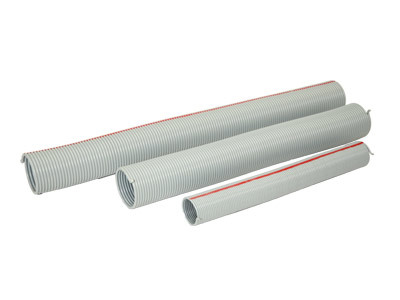Understanding the Different Types of Offside Rear Coil Springs Available
Release Time:
2025-10-10
Understanding the Different Types of Offside Rear Coil Springs Available Table of Contents 1. Introduction to Offside Rear Coil Springs 2. The Importance of Offside Rear Coil Springs in Vehicles 3. Types of Offside Rear Coil Springs 3.1 Standard Coil Springs 3.2 Progressive Coil Springs 3.3 Heavy-Duty Coil Springs 3.4 Air Suspension Coil Springs 4. App

Understanding the Different Types of Offside Rear Coil Springs Available
Table of Contents
- 1. Introduction to Offside Rear Coil Springs
- 2. The Importance of Offside Rear Coil Springs in Vehicles
- 3. Types of Offside Rear Coil Springs
- 3.1 Standard Coil Springs
- 3.2 Progressive Coil Springs
- 3.3 Heavy-Duty Coil Springs
- 3.4 Air Suspension Coil Springs
- 4. Applications of Offside Rear Coil Springs
- 5. Installation of Offside Rear Coil Springs
- 6. Maintenance Tips for Offside Rear Coil Springs
- 7. Common Issues with Offside Rear Coil Springs
- 8. Conclusion
1. Introduction to Offside Rear Coil Springs
Offside rear coil springs play a crucial role in vehicle suspension systems, ensuring a smooth and stable ride. Understanding the different types of offside rear coil springs can significantly enhance your vehicle's performance and safety. This article will guide you through the various types available in the market, their applications, and how to maintain them effectively.
2. The Importance of Offside Rear Coil Springs in Vehicles
Coil springs are essential components of a vehicle's suspension system. They support the weight of the vehicle, absorb shocks from the road, and help maintain tire contact with the surface. Offside rear coil springs, in particular, are vital for ensuring that the rear end of the vehicle remains stable during turns and when loaded. They help balance the vehicle, improve handling, and enhance overall driving comfort.
3. Types of Offside Rear Coil Springs
There are several types of offside rear coil springs available, each designed for specific applications and vehicle types. Understanding these variations can aid in making an informed choice for your vehicle.
3.1 Standard Coil Springs
Standard coil springs are the most common type found in vehicles. They are designed for everyday driving conditions and provide a comfortable ride for standard passenger cars. These springs are typically made from high-tensile steel and offer a balance between comfort and performance.
3.2 Progressive Coil Springs
Progressive coil springs feature a unique design that allows them to compress differently based on the load applied. This means they offer a softer ride during regular driving conditions while becoming firmer under heavier loads. This makes them ideal for vehicles that experience varying weight loads, such as SUVs and trucks.
3.3 Heavy-Duty Coil Springs
Heavy-duty coil springs are designed for vehicles that carry heavy loads or are used in off-road conditions. These springs have a thicker wire diameter and a higher load capacity, providing enhanced support and durability. They are commonly used in commercial vehicles, towing applications, and off-road trucks.
3.4 Air Suspension Coil Springs
Air suspension coil springs utilize air bags instead of traditional metal springs. This type of suspension allows for adjustable ride height and firmness, making it highly versatile. Air suspension systems are popular in luxury vehicles and trucks, offering enhanced comfort and customizable performance.
4. Applications of Offside Rear Coil Springs
Offside rear coil springs are utilized in a variety of applications, ranging from passenger vehicles to heavy-duty trucks. Understanding where these springs are most commonly used can help in selecting the right type for your vehicle.
For standard cars, standard coil springs are typically sufficient, providing a comfortable driving experience. In contrast, off-road enthusiasts may opt for heavy-duty or progressive coil springs to handle challenging terrains. Commercial vehicles that require towing capacity often benefit from heavy-duty coil springs, ensuring stability even under heavy loads. Furthermore, luxury vehicles might utilize air suspension systems for an adaptable and smooth ride.
5. Installation of Offside Rear Coil Springs
Installing offside rear coil springs can be a complex process and typically requires mechanical expertise. Here is a brief overview of the steps involved in the installation:
1. **Preparation**: Ensure the vehicle is parked on a level surface, and gather necessary tools such as a jack, jack stands, and wrenches.
2. **Lifting the Vehicle**: Use the jack to lift the vehicle, securing it with jack stands for safety.
3. **Removing Old Springs**: Detach the existing coil springs by removing any retaining bolts and brackets.
4. **Installing New Springs**: Carefully position the new springs in place, ensuring they are properly seated.
5. **Reassembling**: Reattach any bolts and brackets, lowering the vehicle back to the ground.
While DIY installation is possible, it is highly recommended to consult with a professional mechanic to ensure safety and proper functionality.
6. Maintenance Tips for Offside Rear Coil Springs
Maintaining your offside rear coil springs is essential for ensuring longevity and optimal performance. Here are some maintenance tips to consider:
- **Regular Inspections**: Check the springs for signs of wear, rust, or damage. Look for cracks or distortions in the coil structure.
- **Cleaning**: Keep the springs clean to prevent dirt and debris buildup, which can lead to corrosion.
- **Lubrication**: Some coil springs may require lubrication to reduce friction and wear. Follow the manufacturer’s recommendations.
- **Replacement**: If you notice significant wear or damage, replacing the coil springs promptly can prevent further issues.
7. Common Issues with Offside Rear Coil Springs
Several common issues can arise with offside rear coil springs, affecting vehicle performance and safety:
- **Sagging Springs**: Over time, springs can sag due to continuous load or wear. This can lead to poor handling and an uncomfortable ride.
- **Broken Springs**: A broken coil spring can severely impact vehicle stability and should be addressed immediately.
- **Uneven Wear**: If one side of the vehicle is lower than the other, it may indicate uneven wear or damage to the coil springs.
Being aware of these issues can help in early detection and maintenance, ensuring a safer driving experience.
8. Conclusion
In conclusion, understanding the different types of offside rear coil springs is crucial for maintaining your vehicle's performance, safety, and comfort. From standard to heavy-duty options, each type has its unique set of benefits tailored to various driving conditions and applications. Regular maintenance and prompt attention to any issues can prolong the life of your coil springs and enhance your driving experience. Whether you are a daily commuter or an off-road enthusiast, choosing the right coil spring type will directly impact your vehicle's handling and stability on the road.
Related News
